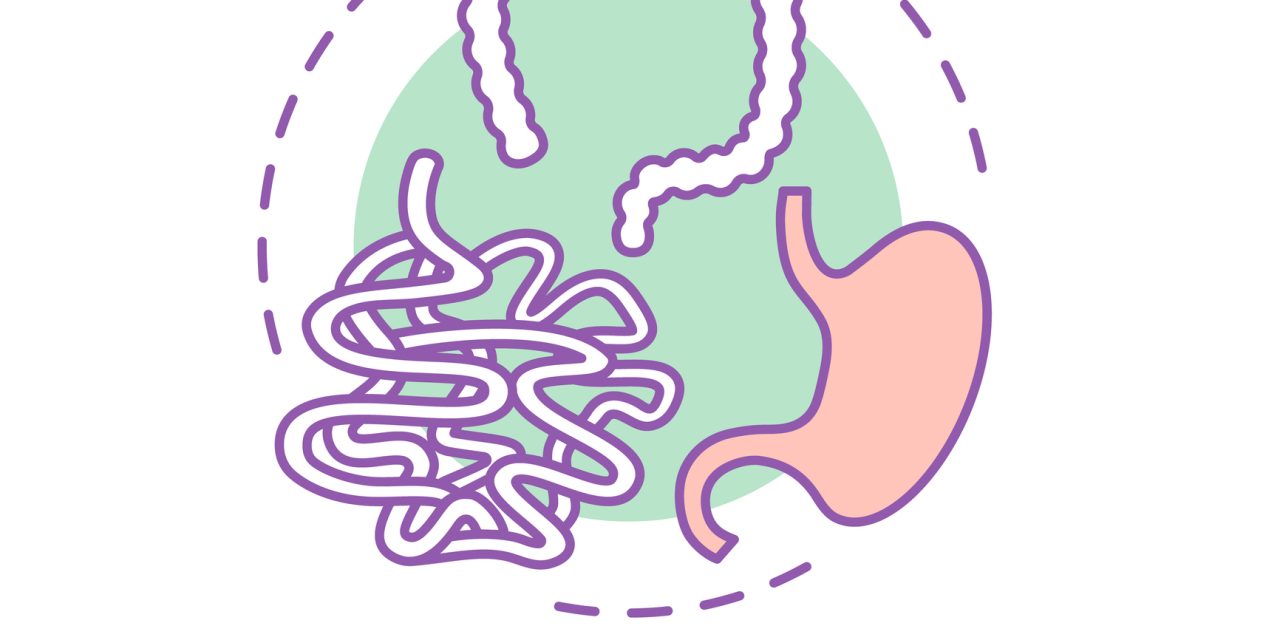Additional studies comparing several reconstruction methods after proximal gastrectomy have been published; of note, it is necessary to update systematic reviews and meta-analysis from the current evidence-based literature.
To expand the current knowledge on feasibility and safety, and also to analyze postoperative outcomes of several reconstructive techniques after proximal gastrectomy.
PubMed, Google Scholar, and Medline databases were searched for original studies, and relevant literature published between the years 1966 and 2019 concerning various reconstructive techniques on proximal gastrectomy were selected. The postoperative outcomes and complications of the reconstructive techniques were assessed. Meta-analyses were performed using Rev-Man 5.0. A total of 29 studies investigating postoperative outcomes of double tract reconstruction, jejunal pouch interposition, jejunal interposition, esophagogastrostomy, and double flap reconstruction were finally selected in the quantitative analysis.
Pooled incidences of reflux esophagitis for double tract reconstruction, jejunal pouch interposition, jejunal interposition esophagogastrostomy, and double flap reconstruction were 8.6%, 13.8%, 13.8%, 19.3%, and 8.9% respectively. Meta-analysis showed a decreased length of hospital in the JI group as compared to the JPI group (heterogeneity: Chi = 1.34, df = 1 (P = 0.25); I = 26%, test for overall effect: Z = 2.22 (P = 0.03). There was also a significant difference between JI and EG in length of hospital stay with heterogeneity: Chi = 1.40, df = 3 (P = 0.71); I = 0%, test for overall effect: Z = 5.04 (P < 0.00001). Operative time was less in the EG group as compared to the JI group (heterogeneity: Chi = 31.09, df = 5 (P < 0.00001); I = 84%, test for overall effect: Z = 32.35 (P < 0.00001).
Although current reconstructive techniques present excellent anti-reflux efficacy, the optimal reconstructive method remains to be determined. The double flap reconstruction proved to lower the rate of complication, but the DTR, JI, JPI, and EG groups showed higher incidence of complications in anastomotic leakage, anastomotic stricture, and residual food. In the meta-analysis result, the complications between the JI, JPI, and EG were comparable but the EG group showed to have better postoperative outcomes concerning the operative time, blood loss, and length of hospital stay.
Effects of reconstruction techniques after proximal gastrectomy: a systematic review and meta-analysis.


